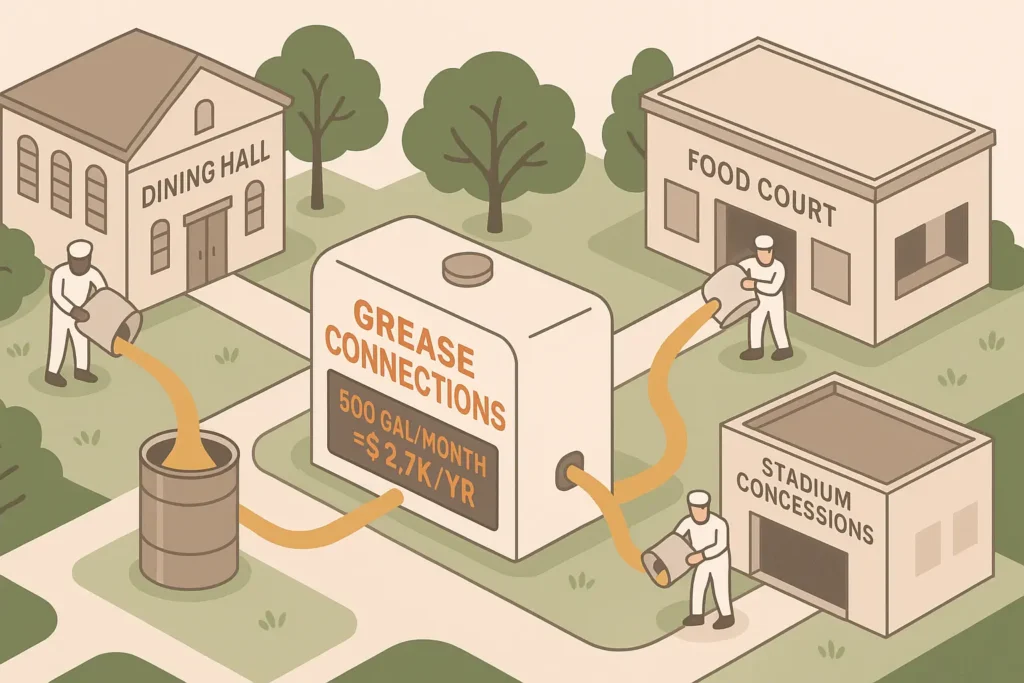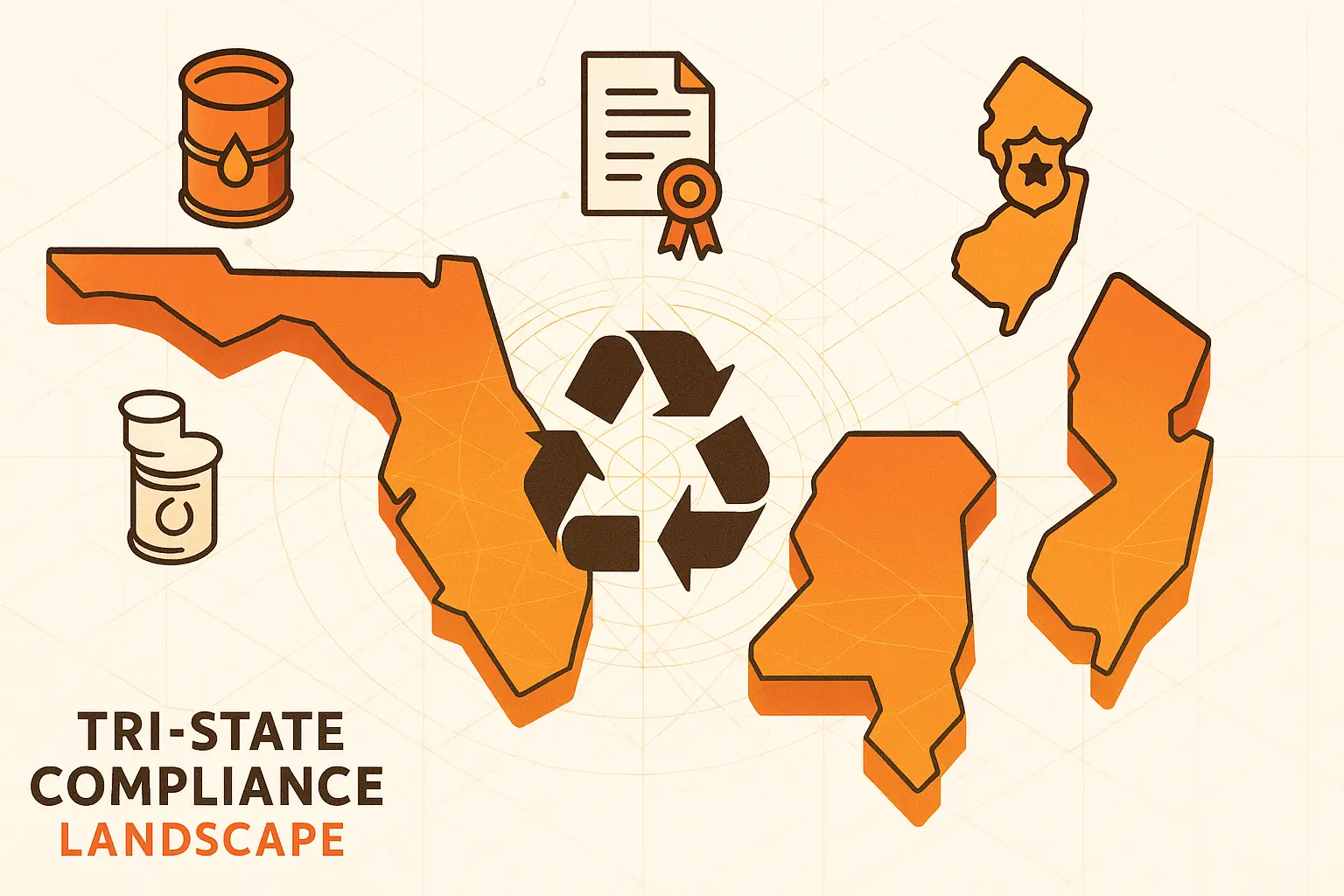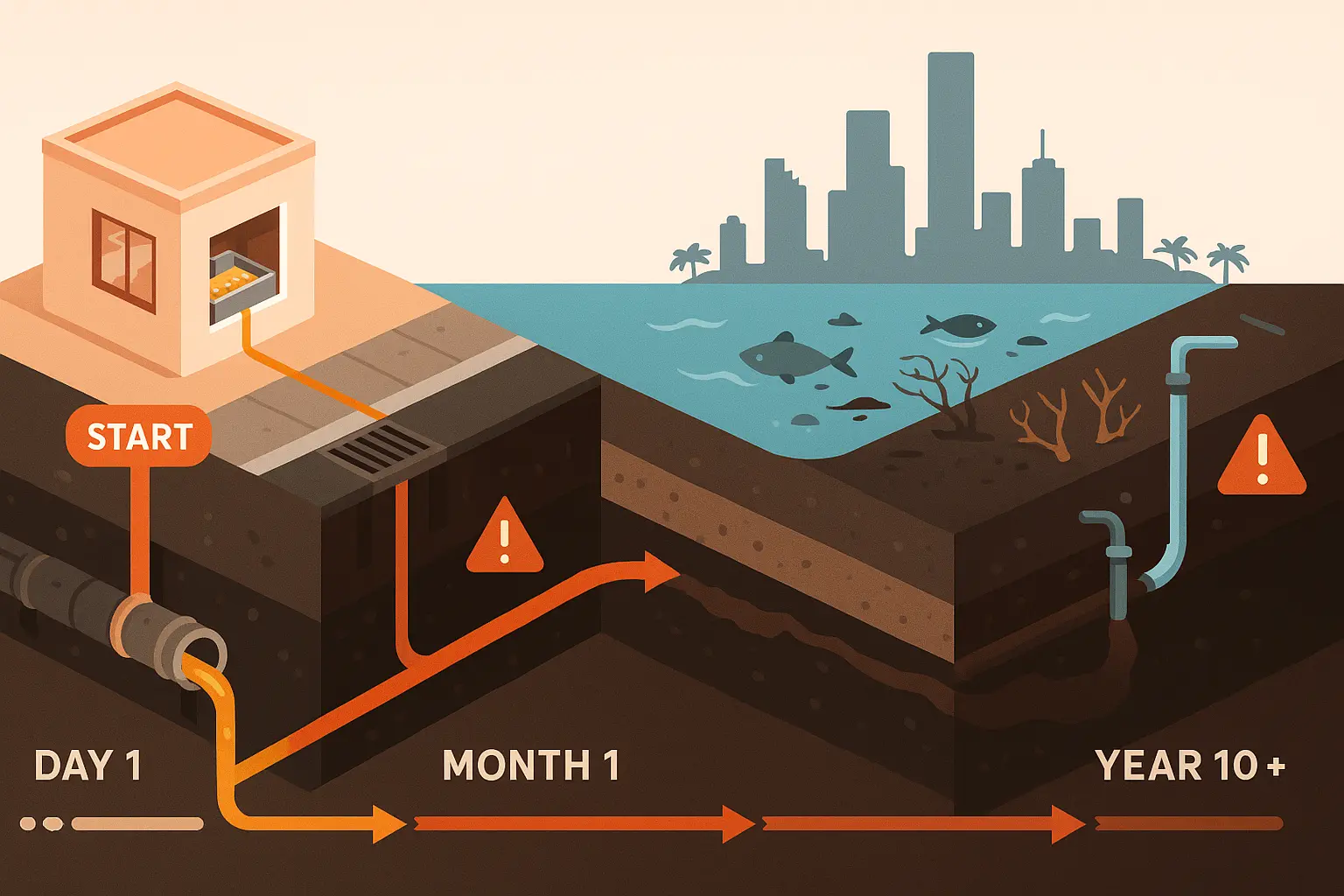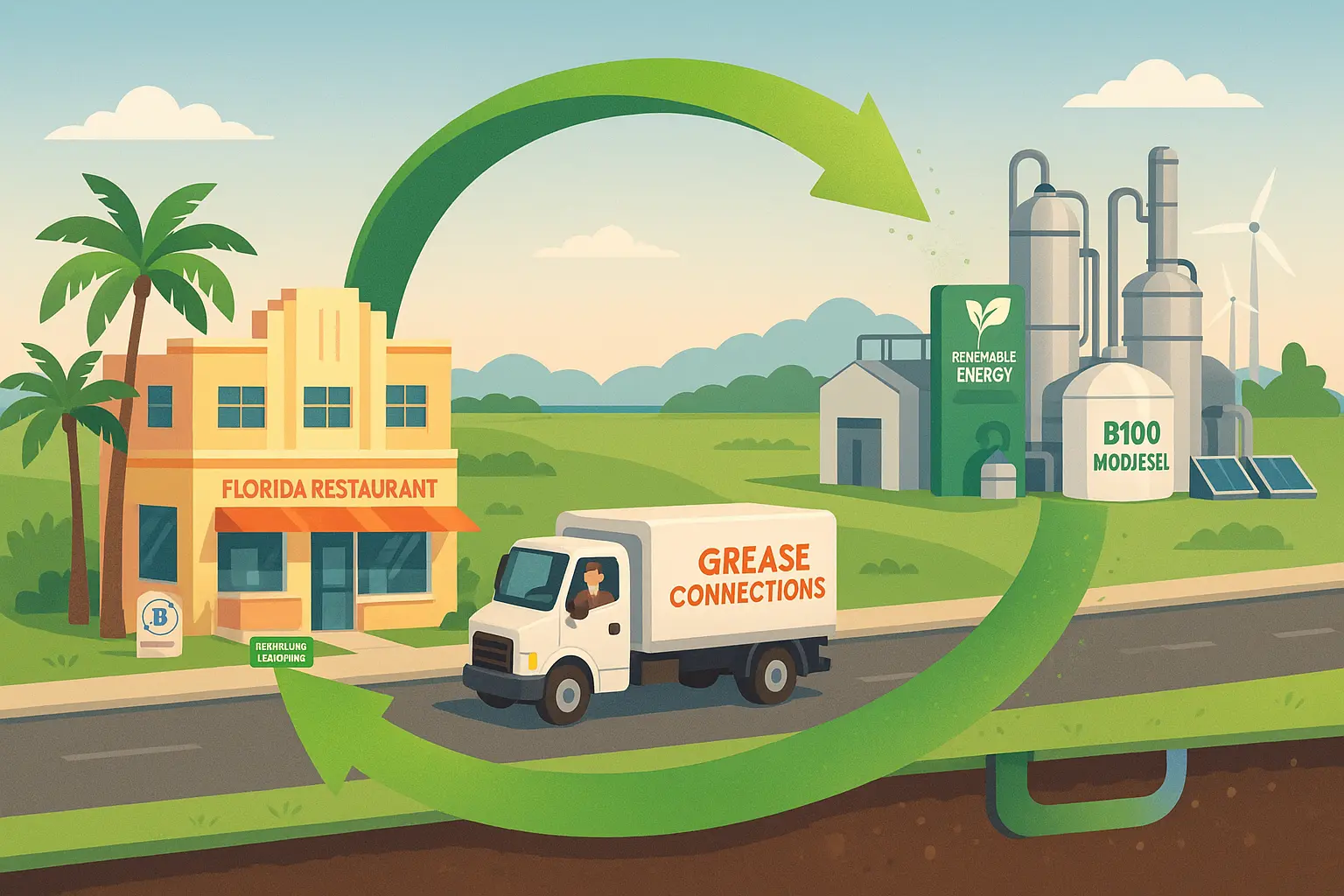Table of Contents
Why 500 Gallons Is the Sweet Spot for Cash Back Oil
A campus chain pouring roughly 500 gallons of fryer oil each month can capture $125 $250 in rebates at today’s $0.25 $0.50 per gallon market range, turning a disposal headache into more than $2,700 in annual revenue. Yellow grease values, which sit near $0.33 $0.45 per lb, keep those payouts stable even as soy oil futures swing. When volumes crest 500 gallons, collection routes stay efficient and used collection companies can pay higher splits money you never touch if you’re still paying pump out fees.

From Fryer to Invoice: How a Rebate Really Works
Every gallon is weighed on pickup, logged in a digital chain of custody app, and priced against a transparent commodity index such as The Jacobsen Animal Fats & Oils report. The used collection company remits payment usually via ACH within 30 days. Grease Connections advises tying your rate to 60 percent of the weekly yellow grease spot and capping processing fees at two cents a gallon to lock in margin.
State by State Drivers: FL, GA & NJ
Florida — Utilities focus on FOG reduction; campuses that store oil in secondary containment totes meet DEP spill rules and qualify for the top rebate tier.
Georgia — Athens area universities partner with local biodiesel makers, proving high volume academic kitchens command premium payouts.
New Jersey — The 2020 Food Waste Recycling Law compels large food generators to source separate organics, giving rebates extra leverage as a compliance offset.
Grease Connections Advises: The Tiered Rebate Blueprint
Our program starts at $0.30 per gal for 500 gal sites, with automatic “escalator” bumps every additional 100 gallons collected in a billing cycle. Because we run hubs in Miami, Savannah, and Newark, your oil never leaves the region, shrinking audit risk and greenhouse miles. A theft proof container clause locks out grease rustlers while our on board scales give you live volume data critical for campus sustainability dashboards.

Campus Case Study: Turning Waste Into Budget Relief
Savannah State converted two dining halls and one concessions stand to closed loop totes, moving from $0 disposal cost to $3,200 net profit in year one on 525 gallons a month. Their rebate line now funds student food waste composting bins. Similar results appear at the University of Georgia, where on site biodiesel research created a local buyer for used oil, boosting rates by four cents.
| Monthly Gallons | Typical Rebate ($0.25/gal) | Escalator Rebate ($0.35/gal) | Annual Gain |
|---|---|---|---|
| 300 | $75 | $105 | $1,260 |
| 500 | $125 | $175 | $2,700 |
| 750 | $187 | $262 | $3,150 |
Stay Audit Proof: Compliance & Supply Chain Integrity
Federal oversight is tightening; the EPA began auditing biodiesel producers after reports of fraudulent feedstocks. New Jersey requires large food generators to document waste streams, while Florida DEP inspectors look for sealed, labeled containers to avoid FOG violations. Global scrutiny also affects pricing cheap imports have triggered farmer protests and could reshape credits under the Inflation Reduction Act. Choosing a local, documented route keeps your rebate safe.
Negotiation Checklist: Lock the Best Deal in Three Steps
- Request the vendor’s written commodity index reference and volume based escalator.
- Include a clause adjusting payouts when yellow grease spot prices shift by ±10 percent.
- Specify payment within 30 days and theft prevention hardware to preserve every gallon’s value.
Next Steps: Book Your 15 Minute Grease Audit
Schedule a virtual walk through with our Miami, Atlanta, or Newark rebate specialists to see exactly how much your campuses can earn this quarter, then route to your city service page for logistics details.
Grease Connections your partner in turning every gallon into guaranteed revenue while keeping kitchens safe and compliant.









